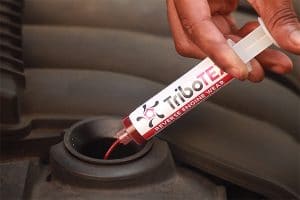
TriboTex and Liqui Moly: Which One Is Better?
| Image | Product | |
|---|---|---|
Best Engine Protection 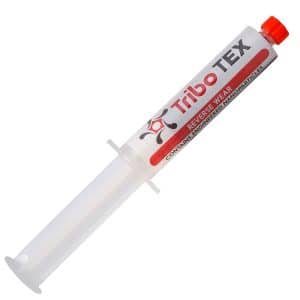 | TriboTEX Nano Oil Additive Car Engine Treatment
| Check Price |
Noise-Cancelling Engine Treatment 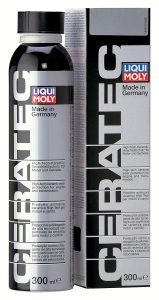 | Liqui Moly (20002) Cera Tec Friction Modifier
| Check Price |
1. TriboTEX Nano Oil Additive Car Engine Treatment – Best Engine Protection from Wear and Tear

The oil additive consists of synthetic nanoparticles. With it, the performance of a car becomes quiet and smooth. It prevents wear of the engine. The additive can be used with all motor oil types and with both diesel and gas engines. It boosts engine output, no matter whether it is old or a new vehicle, adding about 3% to power. Thanks to it, the fuel consumption is improved and engine noise is eliminated.
For example, you will economize fuel by 6-8%, with TriboTex Nano Oil Additive Car Engine Treatment.
When nano flakes by TriboTex are added to engine oil, they attach to the metal surfaces. Particle by particle, they leave the slick sides to be facing outward. Within 500 miles of the drive, DLC (diamond-like carbon) coating is produced. It prevents from wear, repairing bearings.
TriboTex oil additive is compatible with luxury car, sedans, hybrid trucks, diesel and vintage cars, and more. To use it, heat your car up with a little drive. Then open the oil tank. Put the liquid in the syringe. Leave it for 15 minutes without driving.
- 100% satisfaction guarantee
- It reduces friction
- It is compatible with all car models
- It provides a quiet and smooth drive
- It operates best with old vehicles
2. Liqui Moly (20002) Cera Tec Friction Modifier – Universal and Noise-Cancelling Anti Friction Engine Treatment

This friction modifier can be mixed with all types of motor oils. It remains stable during dynamic permanent and high thermal loads. It is compatible with all filter systems. Liqui Moly (20002) Cera Tec Friction Modifier is possible to resist low and high temperatures.
With it, there are no adverse effects.
It is safe and eliminates wear and tear without any side effects.
You can use this additive with both diesel and gasoline engines. You will just need a single bottle of it to use with 1.6L of engine oil. One aluminum bottle of 300 ml can be used with 5L of oil.
It lubricates the valve bores in no time. The results are vivid quickly. This helps improve car performance and gas mileage by lubricating other parts. Thanks to Liqui Moly (20002) Cera Tec Friction Modifier, the noise in your engine will be reduced. So it protects your car from costly repairs and prolongs the engine life.
To utilize it, just add it straightforward. Then bring the engine to temperature. Turn it off. Remove the oil cap, emptying the bottle in. You can do all the measurements with app iNVH by Bosch.
- The drive is smooth
- It improves gas mileage and performance
- It reduces friction
- It enhances engine life
- The texture is not thick, so it lasts not for a long time
TriboTEX Nano Oil Additive – Buyer’s Guide
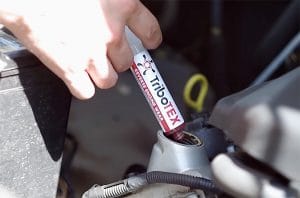
-
-
- Eliminated friction
Because of the interaction between metallic components and metal bearings, the friction can increase, leading to engine damage. So you will need an oil additive to prevent your engine from tear and wear that might be caused by friction. - Increase in mileage
Choose such oil additive that is possible to deliver 1-2% mileage increase. The less pressure on your engine is, the more fuel you save. - Prohibited chemicals
Some chemicals might be prohibited by the government as long as they are not eco-friendly. So choose the oil additives that will not ruin the environment. - Compatibility
Many oil additives on the market are universal, but still you would better make sure whether they are compatible with your vehicle. - Lubrication
The more lubricating agents in the oil additive are, the better it is. For instance, choose the oil additive with zinc, phosphorous, and boron to eliminate noise and friction.
- Eliminated friction
- MPG
The main function of the good oil additive is improvement of miles per gallon. The vast majority of the oil additive claim they are possible to improve gas mileage, but still you have to ensure whether it has good lubrication and eliminates friction. - Wear and Tear Resistance
A good oil additive should be able to form a protective coating around the parts of the engine. So your engine will be protected from wear and tear caused by damaging particles and heat emissions. - Viscosity
Pick thick additive when the engine has wider openings. When the engine has narrow tubes and openings, the oil additive should be thin. - Antioxidants
Oil oxidation can really harm your engine. It may happen when oil reaches high temperature. So it reacts with environmental oxygen. When the oil is oxidized, it may clog the engine quickly. So when you add antioxidants to your engine oil, it will slow down this process. - Corrosion and Rust Inhibitors
Rust and corrosion may occur even when the high-quality oil. To prevent it, use a dependable, corrosion inhibitor. So the engine will strong and durable, providing reliable transportation. - High-Mileage Stabilizer
When your car is old, standard stabilizer is not enough. Add high-mileage additive, protecting the gears. It will prevent the extra damages.
Chris Robson Auto Mechanic
Pro Tip: Types of Oil Additives
Complete Engine Treatment
Thanks to it, the friction is prevented. It is forming a protective layer around the parts of the engine. So the excess heat is reduced.
Break-In Engine Oil Additive
With it, the camshaft lifters are protected. Also, the valve train is lubricated.
Heavy Duty Oil Stabilizer
With it, the friction is eliminated and the lubrication is enhanced. So the engine runs smoothly.
Engine Oil Stop Leak
With this oil treatment, the leaks are stopped.
High Mileage Oil Stabilizer
With it, the engine is protected from wear and tear.Chemicals in the Oil Additive
- Phosphorous
Its main target is to limit the metal-to-metal friction. So that the life of the engine is prolonged. - Zinc
Zinc boosts the performance. It is beneficial for older engines. - EPA Certification
Those oil additives that eliminate dangerous emissions have EPA certificate. It also emphasizes that they do not contain dangerous substances. So if you are looking for eco-friendly product, choose the one with EPA certificate. - Engine Model
Check your car’s manual to figure out the model of your engine, with which the oil additive is compatible. - Climate
Most of the oil additives can withstand temperatures. Check out whether your oil additive is able to stand cold winter conditions.
Frequently Asked Questions
How to utilize TriboTex?
Just add some oil additive to your car engine. Wait for fifteen minutes. Then you will figure out that the noise has reduced. Within 500 miles drive, you will notice a difference in horsepower and gas mileage. Change the oil every 3,000-5,000 miles. This oil additive is meant to work even when the oil was changed. Use TriboTex every 40,000 miles.
How does TriboTex operate?
This oil additive contains synthetic nanosheets. They are made to be stuck on the one side and slick on the other.
When you add TriboTex to oil, the nanosheets are attached to the metal surfaces. They leave the slick sides be facing outward.
Within 500 miles, porous and lubricious tribofilm coats the internal components. It also exhibits oil retention and perfect embedibility. There are catalysts on the slippery surface. They facilitate the generation of DLC (diamond-like carbon) cap on the top. So the performance of gearboxes is improved.
What about TriboTex warranty?
TriboTex comes with a 100% satisfaction guarantee.
Is it possible to mix synthetic engine oils with mineral engine oils?
Yes, they can be mixed so that it will affect the quality of the engine, making it either increased or eliminated.
Can I add oil additive to completely synthetic engine oils too?
Yes, you may. So the wear and friction will be eliminated by about 30%.
Can two fuel or oil additives be utilized at the same time?
As long as they were designed with no detrimental effect on each other, they can be used simultaneously.
What are the benefits of utilizing special diesel engine oils?
There is a high proportion of the cleaning additives in such oils. They prevent the deposit formation. They also consist of substances, coating particles of dirt and preventing agglomerations formation. So these oils keep soot particles that are getting into the crank gear.
Can engine protect or oil additive be utilized for motorcycles too?
Using 20 ml per liter of engine oil, clutch slip is prevented, but it is not recommended to be used in wet clutches.
What does Liqui Moly mean?
It is a low-friction motor oil that can be used round the year. It provides your engine with maximum protection from wear and tear.
Are Liqui Moly products silicone-free?
No, most of them do contain silicone.
Does Liqui Moly injector cleaner operate?
Yes, it does by rejuvenating.
How often should I replenish the oil additives?
Just add it each time you change the oil. When it works well, you will not need to replenish it frequently.
Is fuel additive the same as oil additive?
No, it isn’t. Fuel additives consist of lubricants, eliminating engine wear and tear, but they are utilized to alter the gasoline octane rating. So the fuel economy is improved. Oil additives cooperate with engine directly so the fuel is burnt efficiently.
How oil additives boost the performance?
The main function of the additives is oil chemical structure transformation. So the proper viscosity is achieved. Too thick oil is possible to gum up the work when too loose one might lead to oil flow through the spots. The additives are used to maintain the balance so the engine performs well.
Conclusion
Both TriboTex and Liqui Moly are well-known for their fuel efficiency boost, gas mileage improvement, elimination of friction and noise, and reversing of wear and tear. There are small differences between them concerning compatibility and warranty. Choosing the proper oil additive will protect your car’s engine from many threats so that the drive will be safe and secure. It is recommended to take the age of your car into account when selecting the oil additive, so that your car will not let you down.
Hope this article was helpful to you. If you use an oil additive please add your comments below and tell us your opinion. Have a great day!
-
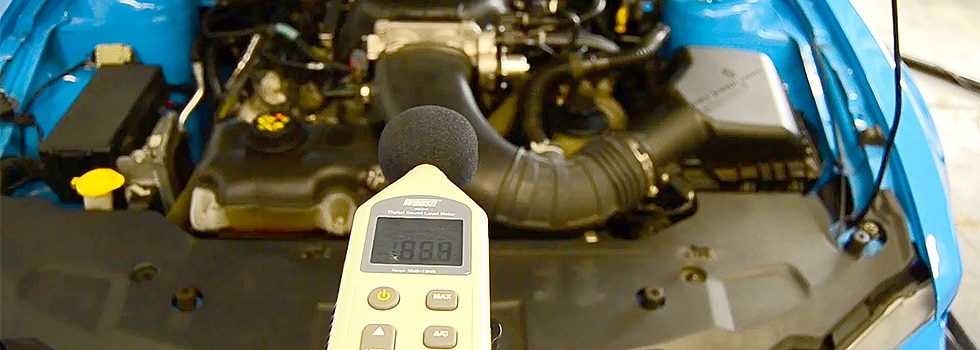
 Chris Robson
Chris Robson 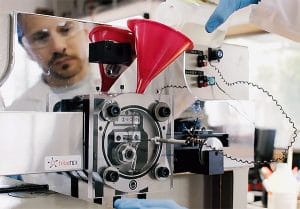
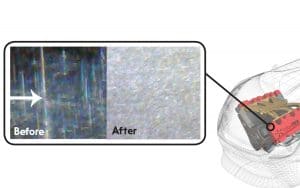

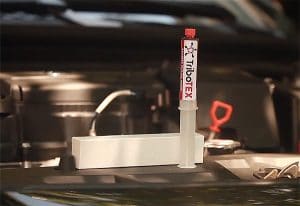 Both TriboTex and Liqui Moly are well-known for their fuel efficiency boost, gas mileage improvement, elimination of friction and noise, and reversing of wear and tear. There are small differences between them concerning compatibility and warranty. Choosing the proper oil additive will protect your car’s engine from many threats so that the drive will be safe and secure. It is recommended to take the age of your car into account when selecting the oil additive, so that your car will not let you down.
Both TriboTex and Liqui Moly are well-known for their fuel efficiency boost, gas mileage improvement, elimination of friction and noise, and reversing of wear and tear. There are small differences between them concerning compatibility and warranty. Choosing the proper oil additive will protect your car’s engine from many threats so that the drive will be safe and secure. It is recommended to take the age of your car into account when selecting the oil additive, so that your car will not let you down.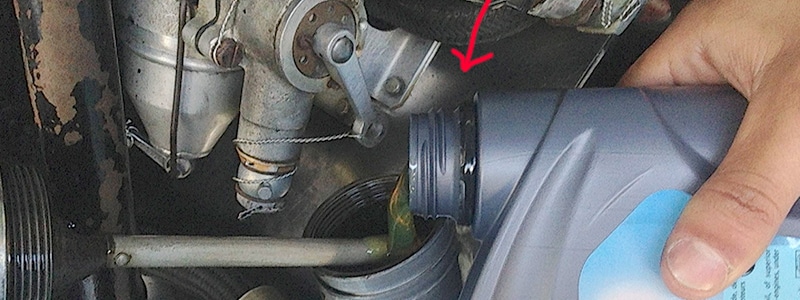

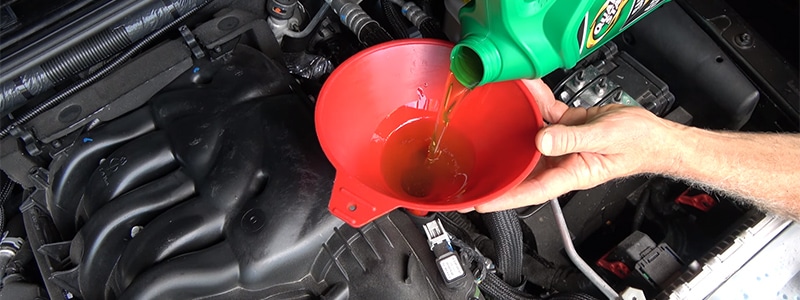
Derek. Which additive is better for 97 Ford E250 with heads rebuilt and now need lower bearings? Help. 4.2 liter V 6. Was told tribotex. .407 331-4375
Great review! I am big fan of TriboTEX myself.
Would you say it is safe to use TriboTex and CeraTec by Liqui Moly concurrently? I have both on hand and deciding what to do at the next oil change. Currently I have Liqui Moly MOS2 in the oil and have used that every other change on my car. MOS2 is readily available at my local AA store.
I have an 1973 OM352 diesel engine which blew a head gasket and sat with water in 2 cylinders for a year causing visible pitting near the top of the cylinders. I have read reports that agglomeration due to excessive clearance can actually increase wear between ring and cylinder. The engine drives a log skidder which typically runs at idle or low power. How much clearance (pit depth) is acceptable when using Tribotex?